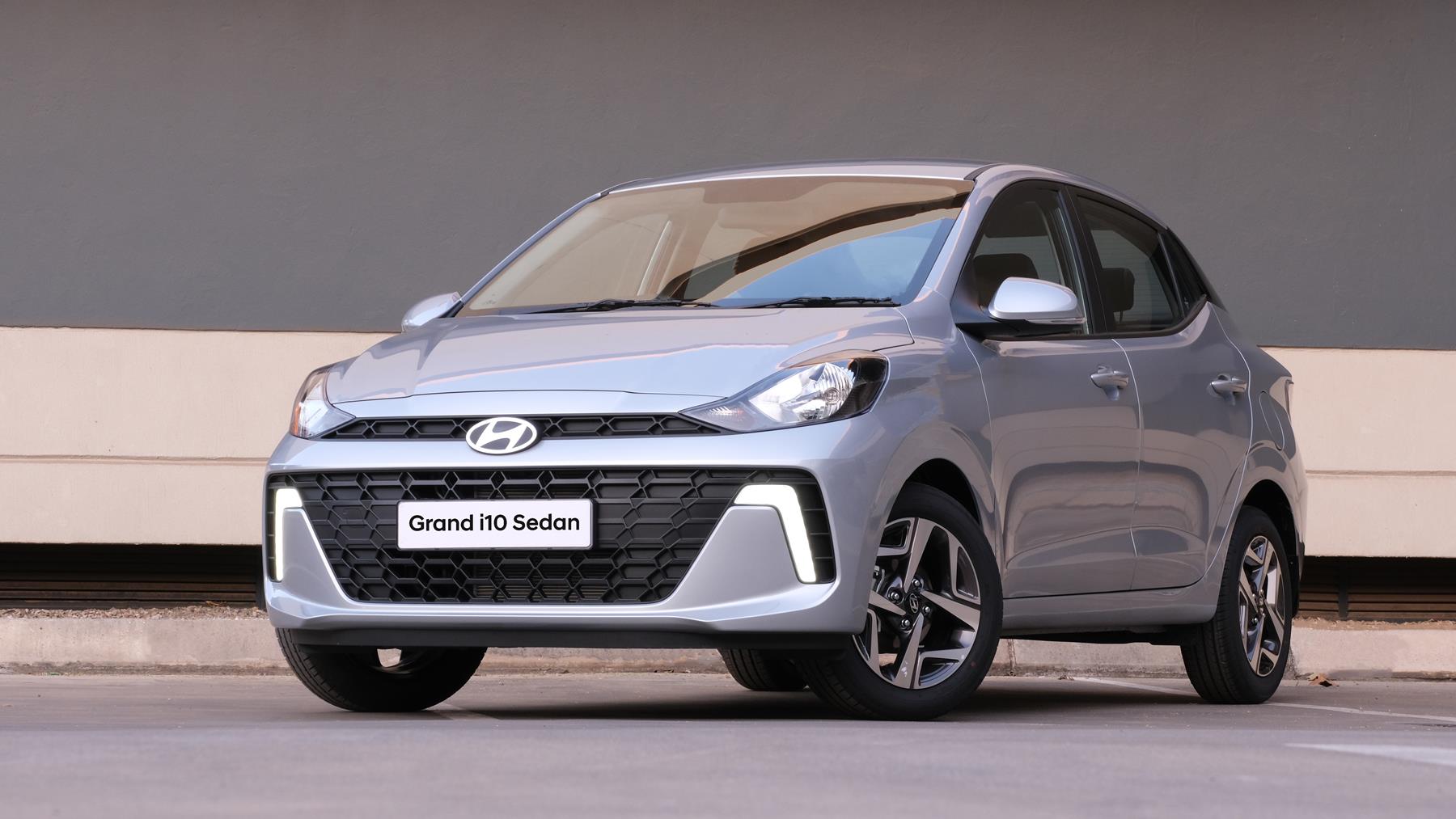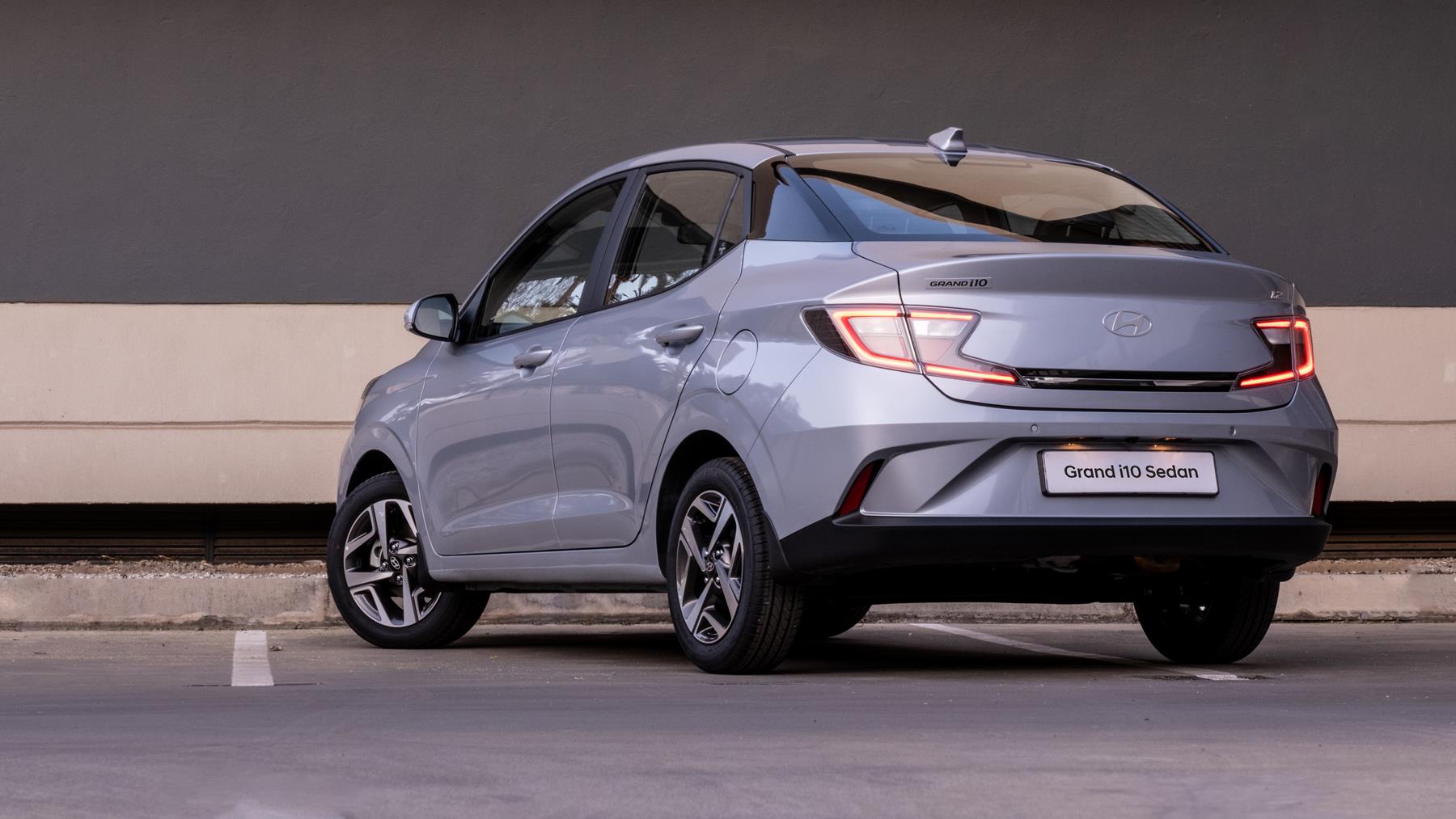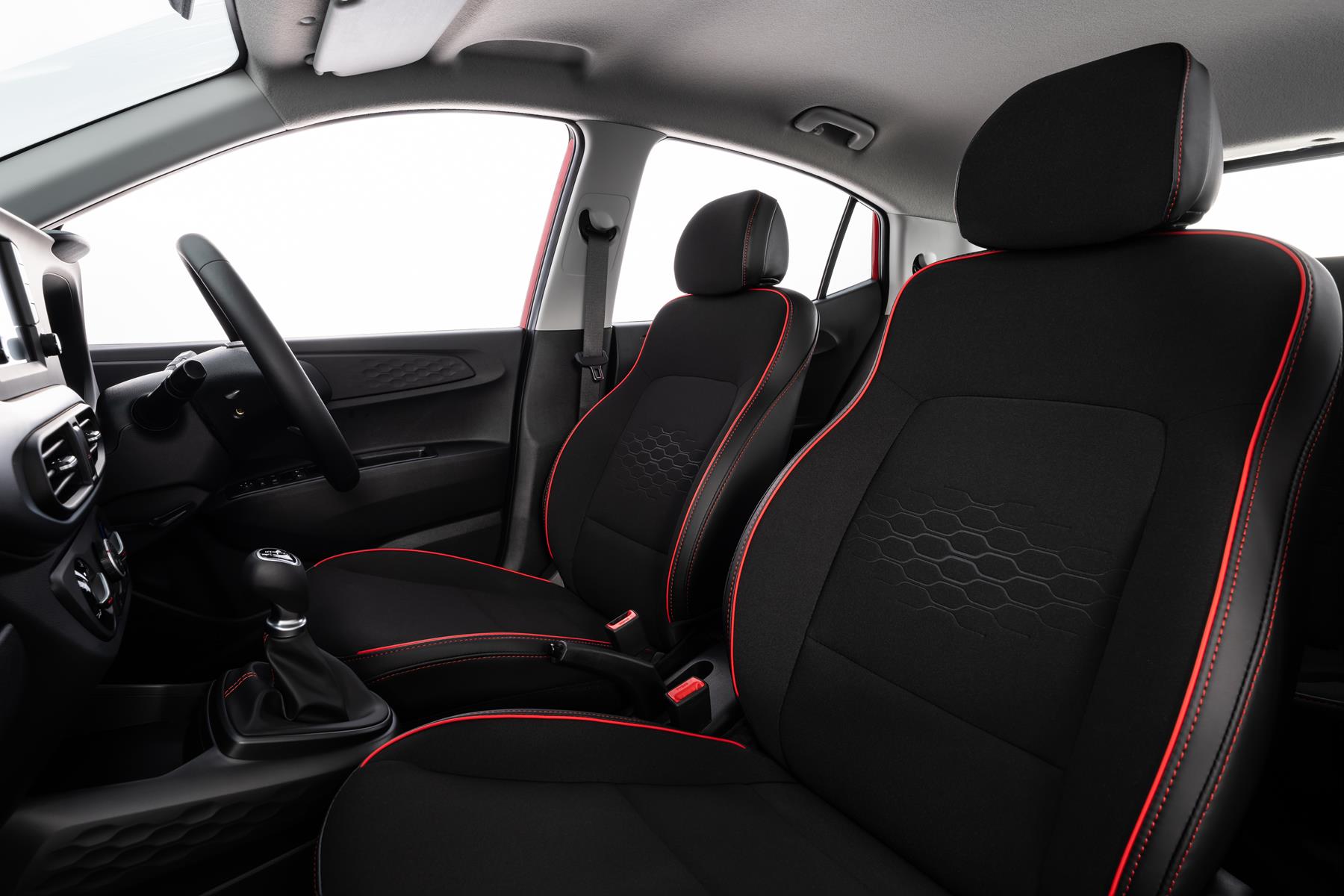With the refreshed look to the Hyundai Grand i10 and the addition of a sedan variant, Hyundai South Africa is moving itself into a position to capitalise on a bit of a returning trend.
While the market for sedan models is still a small portion of the total market and the small car sector, like vinyl LP records that fell massively out of favour, they are making a comeback. Historically, the corporate fleet market preferred sedans for its on-the-road staff.
The reasoning behind this was often a mixture of believing sedan boots to be safer stowage for expensive samples, documents and other business equipment and/or the perception staffers tended to treat sedans with more respect, whereas all hatches were driven as if they were ‘hot’ hatches.
 Either way, the choice has now opened up for all buyers and we drove the Grand i10 1,0 Fluid Sedan manual, coming away from that with the impression of a very capable small car with more boot space than its external appearance indicates – 402 litres.
Either way, the choice has now opened up for all buyers and we drove the Grand i10 1,0 Fluid Sedan manual, coming away from that with the impression of a very capable small car with more boot space than its external appearance indicates – 402 litres.
Immediate opposition in this sector would come from the likes of the Suzuki Ciaz and Kia Pegas – both marginally more expensive than the R279 900 asking price on the Grand i10 and both with larger capacity engines.
Engine
For the refreshed Grand i10, Hyundai chose to stick with the 1,2-litre four-cylinder, driving through a five-speed manual gearbox. The 1,2-litre power mill reaches its power peak of 61 kW at 6 000 r/min. and maximum torque of 114 Nm at 4 000 r/min.
The looks have not changed all that much – there is a larger hexagonal front grille along with boomerang-shaped daytime running lights on the outer sides of the grille, the rear view is less fussy and much more attractive than its predecessor. The horizontal lines have been straightened and the rear lights have a different, more harmonious configuration.
 The main difference between the interior of the Grand i10 hatchback and the sedan is the colour themes – the hatchback is all black, while the sedan offers a mix between black and grey on the front dashboard and inner door trims.
The main difference between the interior of the Grand i10 hatchback and the sedan is the colour themes – the hatchback is all black, while the sedan offers a mix between black and grey on the front dashboard and inner door trims.
Interior
Both interiors have black cloth seats, with red detail trim on the air vents and seats of all derivatives. The Fluid and Motion derivatives have an 8-inch touch-screen infotainment centre compatible with Apple CarPlay or Android Auto systems and a manual air conditioner.
Power window-openers and outer rear-view mirror adjuster are also standard fare, as well as three cell phone charging options in the middle console: a modern USB-C, conventional 12V and a USB port. The outer mirrors on the Fluid versions can fold in electrically.
The multi-function steering wheel has cruise control buttons as well as remote control buttons for the infotainment sound system and telephone.

From the driver’s seat, all round vision is good and, apart from the clutch in, clutch out stuttering in heavy traffic jams, the Grand i10 is content to pootle along diligently doing its duty as an A to B mover.
Handling
Move the traffic aside and it comes to life with some alacrity and feels quite at ease when given a bit of right foot massaging, quickly building up speed and more than happy at highway speed to take the long road – to the point where a sixth gear could well be a consideration for further updates.
Bearing in mind its life intent is as a city and urban runabout, the Grand i10, kitted with MacPherson struts with shock absorbers at the front and a coupled torsion beam at the rear, sticks rather nicely to the road and is happy to take on some enthusiastic driving.
With a Tare weight of just 917 kilograms, the Grand i10 is light enough to be nimble but not skittish and it handled the test route with no discernible bad manners.
Hyundai claims an average consumption of 5,5 l/100 km for the manual version and our test, including some hard driving, came in at 5,7 l/100 km, making this a genuine fuel-sipper at a time when fuel prices are rising rapidly.

All new Grand i10 versions come with driver and front passenger crash bags, ISOFIX child seat attachments on the rear seats and pretensioners for the front seat occupants’ seat belts, along with an alnti-lock braking system and Electronic Brake Distribution (EBD).
Warranty
The Grand i10 has quite a high level of specification and the good thing with Hyundai is what you see you get – there is not a long list of options as is the norm with some automakers that change the attractive price tag by thousands as you add on all the ‘must-have’ items.
It also comes with a 7-year/200 000 km manufacturers’ warranty is part of the package, as well as a 1-year/15 000 km service plan and 5-years/150 000 km roadside assistance.
In every respect Grand is not merely a superlative.
Colin Windell - proudly CHANGECARS











